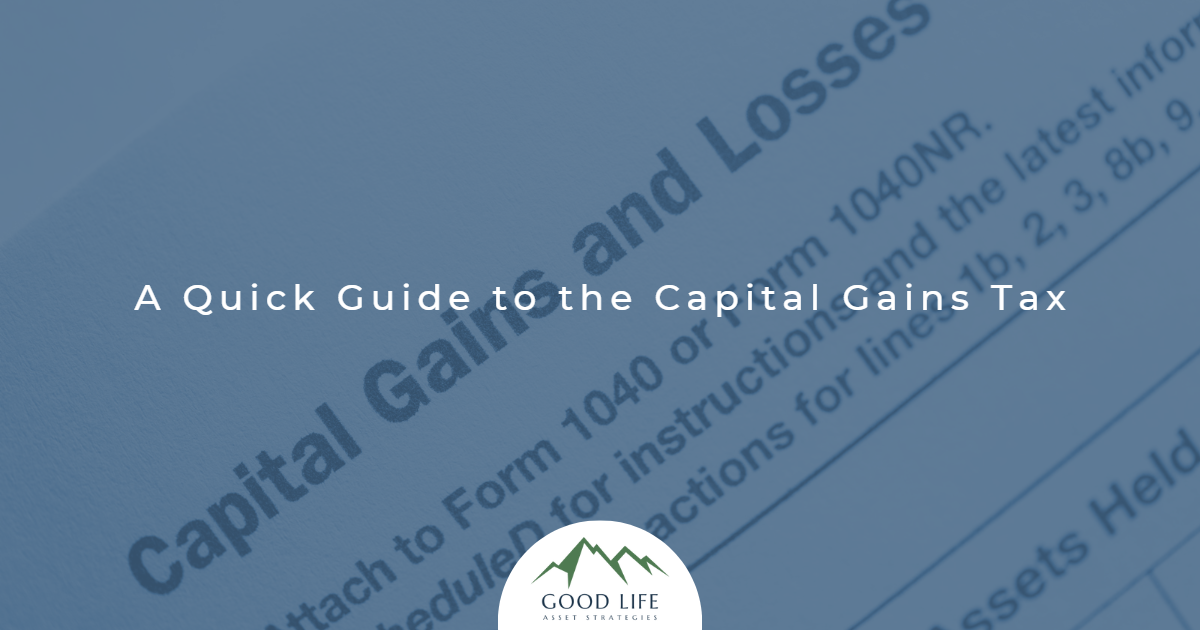- 817-864-8560
- justin@g-las.com
- Mon - Fri: 9:00am - 5:00pm

Are you 40 to 50 years old and looking to understand capital gains tax? You’ve come to the right place.
The IRS taxes the profits you make from selling an asset, such as stocks, bonds, or real estate. The amount of tax you owe depends on several factors we’ll cover in more detail below.
Understanding the taxes you’ll pay on certain divestments can help you make the most of your portfolio. In this article, we’ll cover the basics:
Let’s start with four basic steps to determine the amount of taxes you’ll pay on your investment gains.
The first step in calculating your capital gains taxes is to determine your cost basis. This is the amount you paid for the asset, plus any costs associated with buying or selling it. If you bought a stock for $100 and paid a $10 commission to buy it, your cost basis would be $110.
Once you’ve determined your cost basis, you can calculate your capital gains. This is the difference between the sale price of the asset and your cost basis. If you sold the stock above for $150, your capital gains would be $40 ($150 – $110).
The next step is to determine your tax rate. This depends on your income level and the type of asset you’re selling. Long-term gains taxes are levied on assets held for more than one year. They’re taxed at a lower rate than short-term capital gains on assets held for less than one year.
Finally, you’ll need to calculate your capital gains tax amount. This is done by multiplying your capital gains by your tax rate. If you’re in the 20 percent tax bracket and you have $40 in investment gains, your capital gains tax total would be $8 ($40 x 0.20).
Now that you understand the basics of capital gains taxes, let’s look at some strategies for minimizing your tax burden.
Understanding the capital gains tax system can be complicated, but it’s an important part of managing your investments. By following the strategies outlined above, you can minimize your tax burden and maximize your returns.
It helps to find a financial advisor you can trust, so consider scheduling a consultation with a Good Life advisor before it’s tax time again. We’ll help you understand and minimize your tax burden from assets and investments.